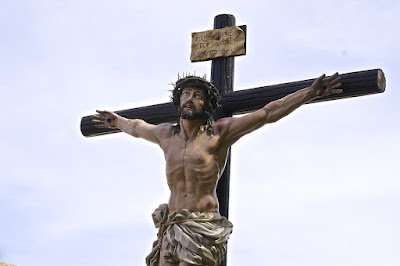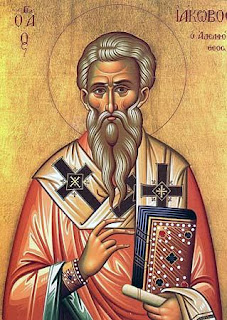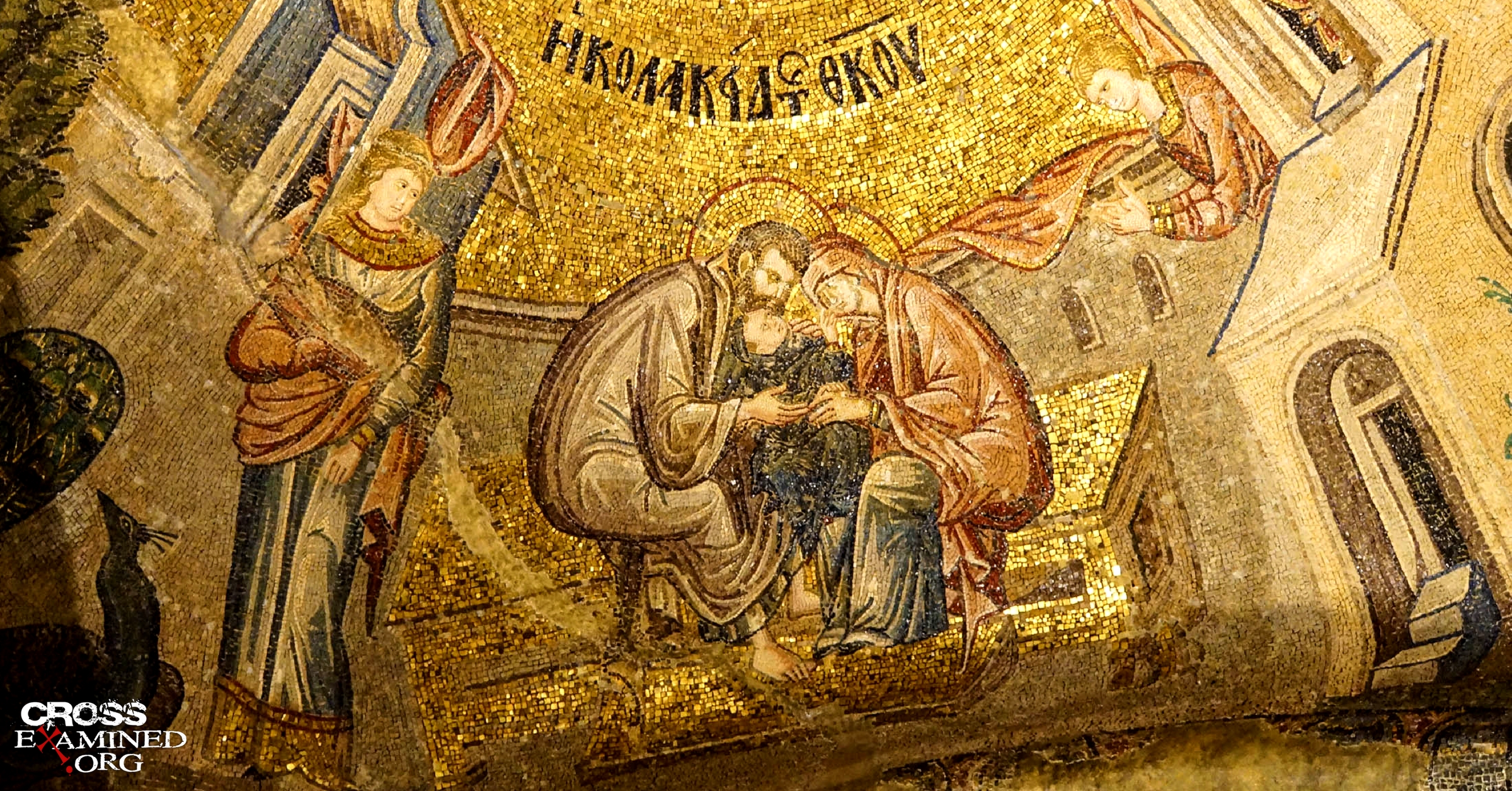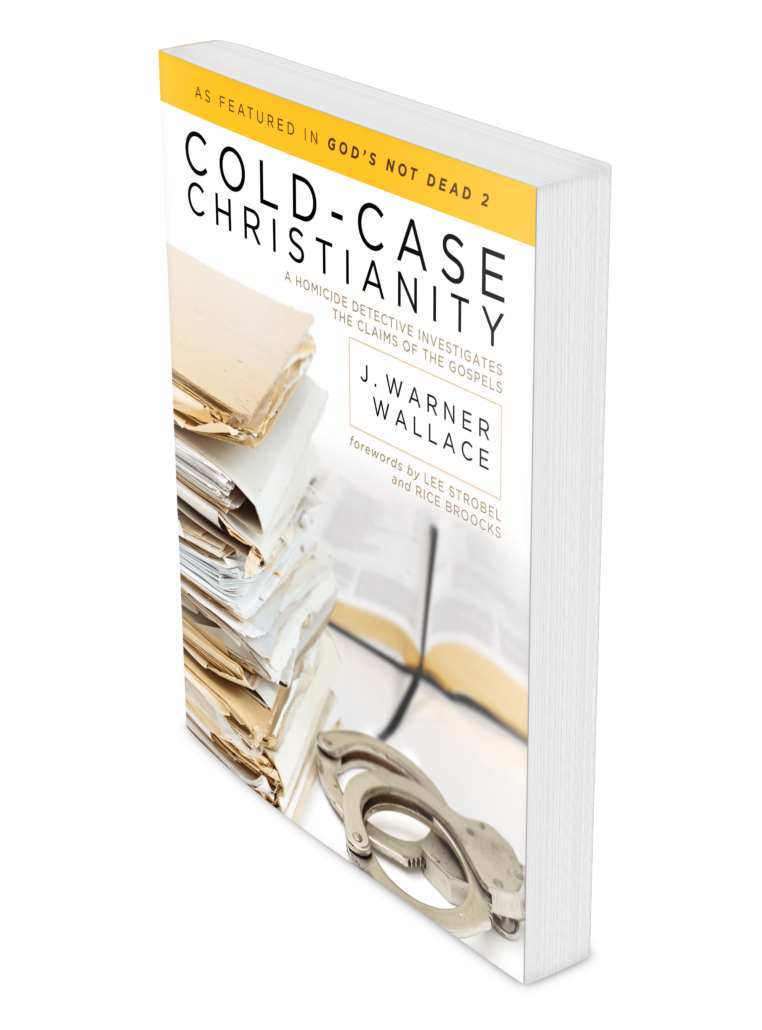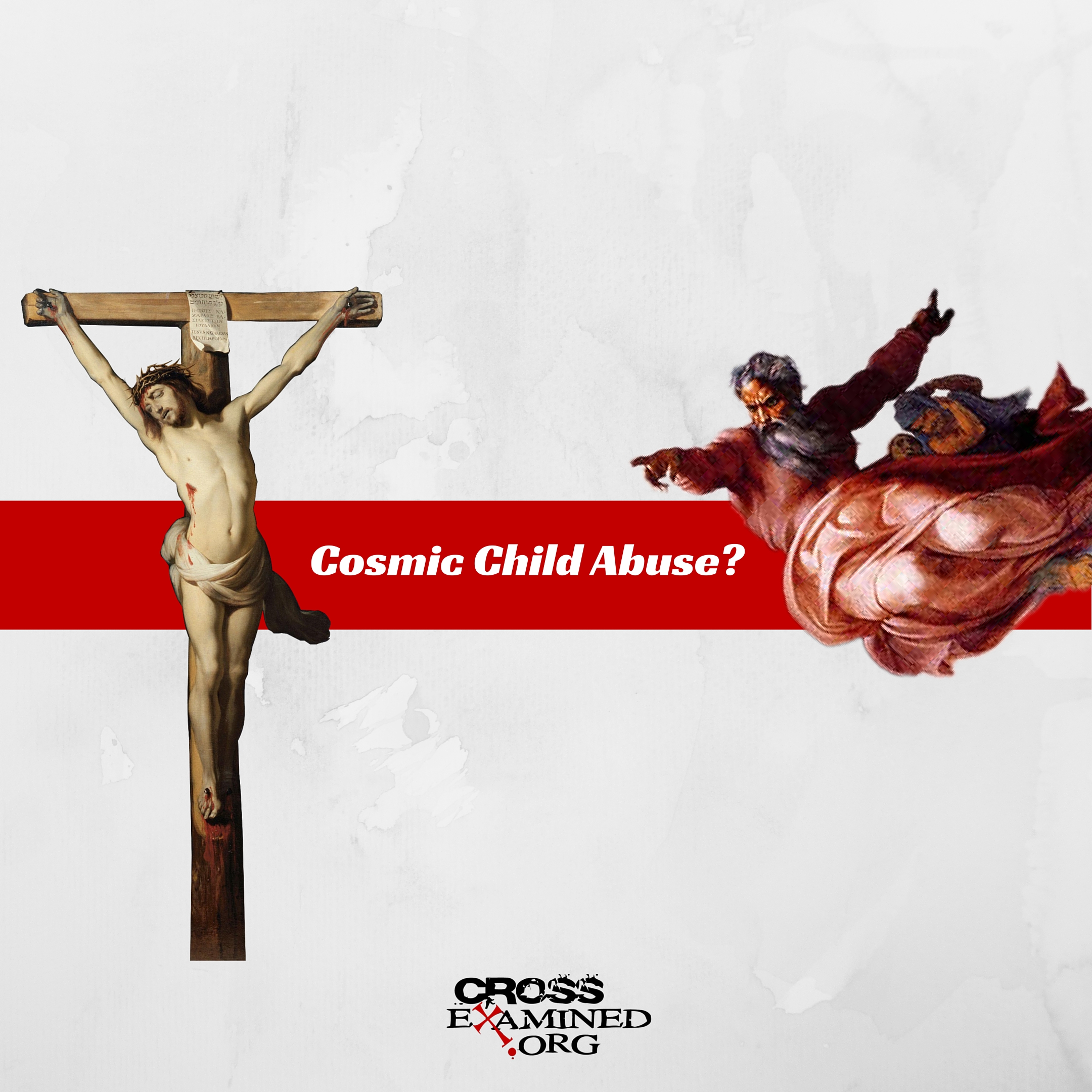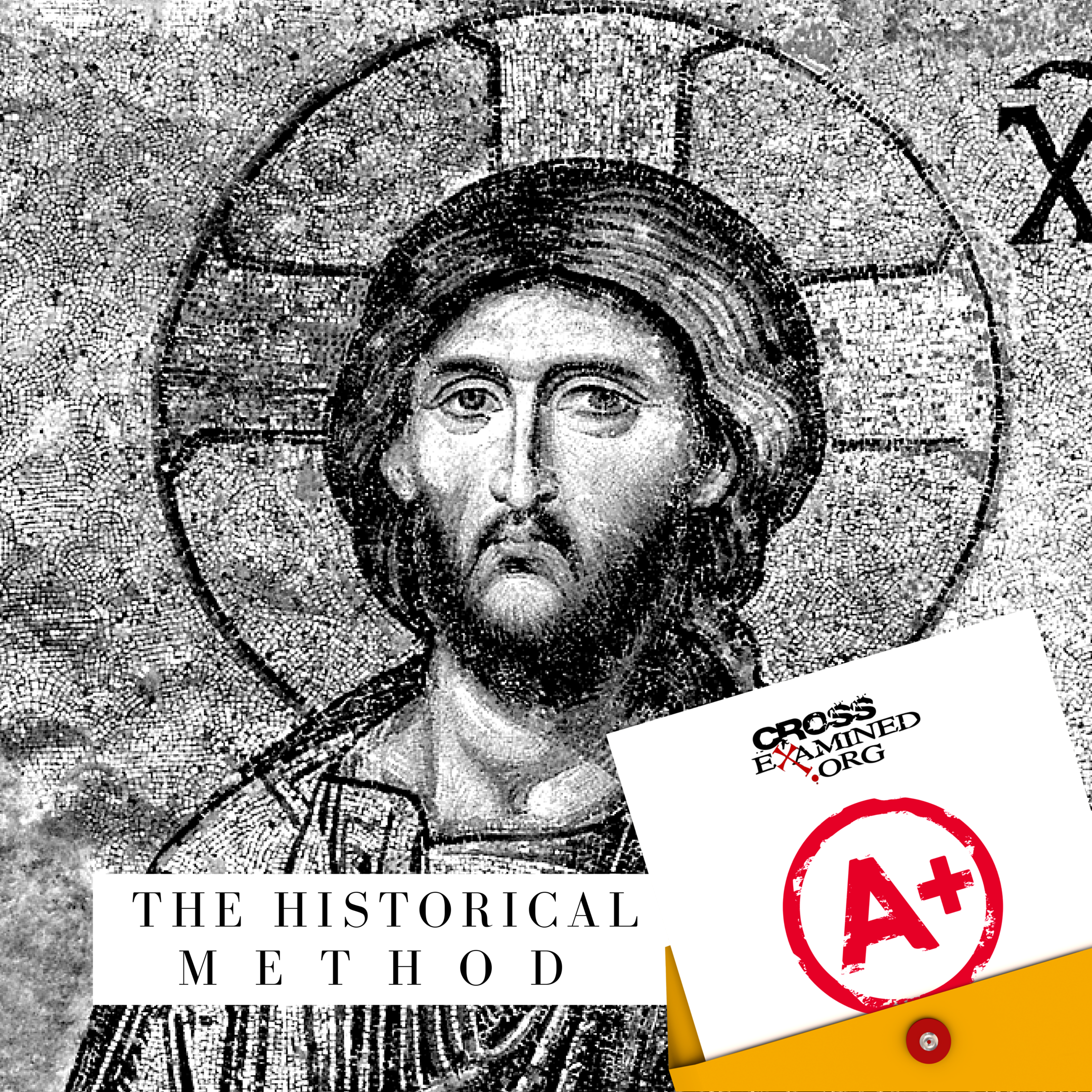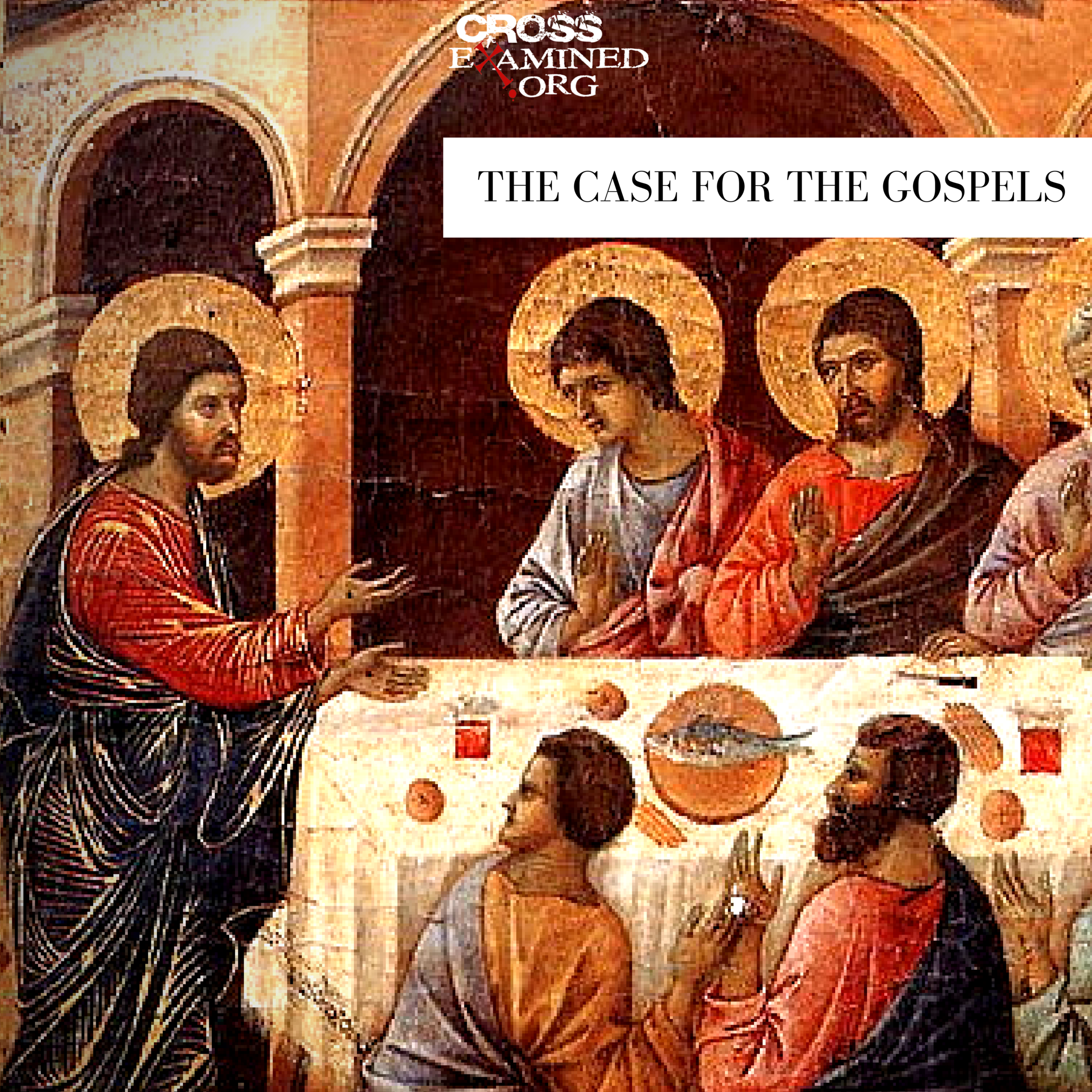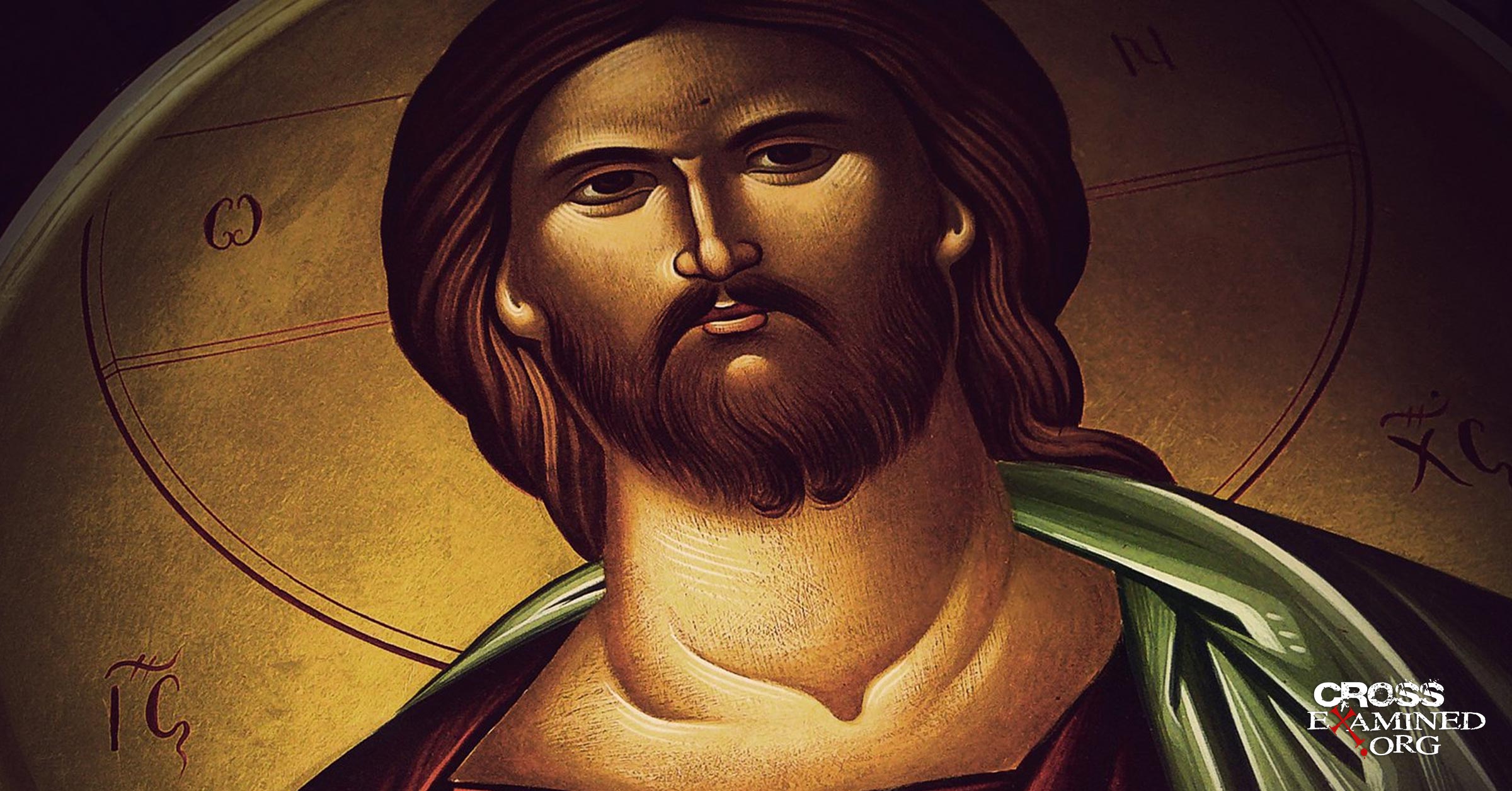By Evan Minton
I’ve always struggled with brevity some of my apologetic presentations. The trick is to keep it a decent length while simultaneously not skimming on important facts. A handful of my blog posts are kind of long due to my struggle, but fortunately, the vast majority of them are at a length you would want a blog post to be. Given that it’s Easter weekend, I thought I would rewrite one of my articles on the resurrection specifically for the person who wants to get his information quickly. That said, I’ll still leave the longer ones up for those interested in a more in-depth study.
In this blog post, I plan on giving an overview of the evidence for the resurrection of Jesus. Contrary to popular opinion, belief in Jesus’ resurrection isn’t something one has to believe on blind faith alone, one can confirm the resurrection on the basis of powerful historical evidence. The resurrection is important because if Jesus has risen from the dead, then God has put His stamp of approval on everything Jesus said and did. God agrees with Jesus’ ministry. This means that we can put great stock into anything Jesus taught about, such as His claim to be God, the existence of angels and demons, the existence of Heaven and Hell, and that He Himself is the only way to get to Heaven. It gives good reason to believe The Bible is divinely inspired, for Jesus Himself quoted from the Old Testament and taught that it is the word of God, and He commissioned apostles who would go on to write The New Testament. After all, who would be in a better position to know whether or not the Old Testament is divinely inspired than God Himself, and since God chose Matthew, Paul, Peter, etc. it makes sense to think that God put His stamp of approval on their teachings as well. So, if Jesus rose from the dead, that gives good grounds for believing in the inspiration of The Bible and for accepting whatever The Bible teaches.
Historical Method, Not “Using The Bible To Prove The Bible”
I want to make it clear that while I’ll be appealing to The New Testament at certain points in this article, I won’t be “quoting from The Bible to prove The Bible”. No, instead I’ll be applying the historical method to the New Testament documents to determine certain aspects as fact just as I would any other ancient document. Historians apply what is known as “the criterion of authenticity” to secular documents all the time in order to determine whether something is historical or not. That’s what I and many other Christian Apologists do with The New Testament. We apply historical principles like multiple attestation, the principle of embarrassment, the principle of enemy attestation, etc. to the gospels to argue that X, Y, and Z are more likely to be historical than not. And by the way, even non-Christian historians, like Bart Ehrman and Gerd Ludemann, take this approach with The New Testament when trying to gather information about the historical Jesus, and have come to many of the same conclusions that Christian historians have via the same arguments. They are certainly not presupposing The Bible’s divine authority when they argue, for example, that Jesus’ tomb was most likely empty because it would have been embarrassing for the gospel authors to have women as witnesses to the empty tomb.
When I argue for Jesus’ empty tomb, or for the postmortem appearances, I do not quote the New Testament as scripture and declare that since it’s in The Bible, it must be true. Rather, I presuppose that The New Testament documents are purely human documents for the sake of the argument, I apply the same principles or criteria of authenticity to the text, and when one does that one comes up with certain pieces of data which I think can only make sense in light of the hypothesis: God raised Jesus from the dead.
Two Step Process To The Resurrection Inference
In the case for the resurrection, there are two steps.
1: What Are The Facts To Be Explained?
2: What Is The Best Explanation Of The Facts?
Fact 1: Jesus Died By Crucifixion
*Jesus’ death by Roman crucifixion is multiply attested in 7 independent documents. 4 of those sources are secular, 3 of them are from The New Testament.
Secular Sources — Josephus, Tacitus, Mara-Bar Sarapian, Lucian Of Samosata.
NT Sources — The Synoptic Gospels, The Gospel Of John, Paul’s Epistles.
This makes it overwhelmingly more probable that Jesus’ crucifixion is an event of history. It is statistically impossible for 7 independent sources to all make up the same story. Denial of crucifixion’s historicity entails that 7 sources fabricated the same lie independent of each other.
*Jesus’ crucifixion is attested to by sources hostile to Christianity (i.e Tacitus and Lucian).
These sources would have nothing to gain by saying Jesus’ crucifixion really happened if it didn’t. In fact, they are ridiculing Christianity in the very same context of their passages referring to the crucifixion of Jesus.
*Historical Fit makes it plausible that Jesus died by crucifixion.
Secular History attests to the fact that Romans crucified people in the first century. That Jesus was crucified fits well with what we know of first century crucifixions.
*The Jerusalem Factor
If Jesus’ body was not absent from the tomb, the enemies of Christianity could have easily stomped out the movement by removing Jesus’ body from the tomb and showing it to everyone. If they did that, Christianity would have died before it even began. It did not die back then. We can infer from this fact that they did not take Jesus’ body out of the tomb in order to parade it down the street to prove to everyone that the resurrection claims of the disciples were false. Why didn’t they do this? Most likely because Jesus’ body was not even in the tomb to be taken out.
*All four gospels feature women as witnesses to the empty tomb.
Women were considered second class citizens back then and their testimony was considered worthless. The empty tomb narrative is most likely historical because it would have been awkward for the early church to have women as the chief witnesses when their testimony wasn’t considered valid back then. They would have made males the first ones on the scene if they were just conjuring up this narrative. So, by the principle of embarrassment, we know that the tomb of Jesus was empty.
*The enemies of Christianity claimed that the disciples stole the body. This presupposes the empty tomb.
Even though our knowledge of this claim comes from Matthew 28, we can still count this as enemy attestation. Matthew said they were spreading the story “to this day”, which means if Matthew said the pharisees were saying this when they really weren’t, he would be easily found out by those alive “to this day”. Matthew wouldn’t open himself up to such easy falsification. Secondly, people don’t usually respond to accusations unless someone actually made that accusation of them. For example, you wouldn’t deny stealing your friend’s car unless he accused you of stealing it.
Fact 3: Jesus’ Post-Mortem Appearances To The Disciples
*Paul’s List Of Appearances In 1 Corinthians 15:3-8 Gives Us Powerful Reason To Believe These Appearances Occurred.
Paul’s citing an early creed that he himself received. We know this is a creed because he says “For what I received, I passed onto you as of first importance” This is ancient rabbinic language employed whenever oral tradition was being passed on. Plus, Paul’s word usage in verses 3-8 is foreign to Paul in the rest of his epistles. On top of that, Paralellism (long sentence followed by a short sentence followed by a long sentence again) implies that this is a creed since this structure was common to oral tradition to contribute to easy memorization.
Paul most likely got the creed from Peter and James during his fact-finding mission that he recounts in Galatians 1:18-19, which would mean this creed goes back to eyewitnesses of the resurrection. That this is when Paul received this creed is plausible from the fact that Peter and James are two individuals explicitly named, plus Paul’s use of “historieasi” which indicates they were talking about recent events.
Therefore, the creed goes back to within only a few years of Jesus’ crucifixion. This list of appearances is so early that anyone skeptical about them could question the witnesses to see if the creed were accurate. If these people did not see Jesus as the creed claims, then the cat would be out of the bag and Christianity would be discredited. Many scholars have noted that Paul’s mentioning of many of the witnesses still being alive is most likely a challenge from Paul to question these witnesses, as if Paul were essentially saying “Don’t believe me? Go talk to them yourselves! Go ask them yourselves!”
*The Appearance Narratives In The Gospels Provide Multiple, Independent Attestation Of The Appearances.
The appearances to the disciples are mentioned in 3 independent sources.
1: 1 Corinthians 15
2: The Gospels of Matthew, Mark, and Luke.
3: The Gospel Of John.
It is highly unlikely that three independent sources would all fabricate the same lie. Given that we have at least three sources for the post-mortem appearances to the disciples, we have good grounds for confirming that the disciples believed they saw the risen Jesus.
Fact 4: The Post-Mortem Appearance To Paul
*Saul Of Tarsus was hired by the Jewish Sanhedrin to persecute Christians by beating them, throwing them into prison, stoning them to death, etc.
The Principle of Embarrassment makes it highly likely that he was indeed a persecutor. People don’t make up horrible things about themselves, and usually, don’t admit them even if they’re true. Yet in 3 different epistles, Paul says that he was a harsh persecutor of Christians before his conversion (see 1 Corinthians 15:9, Galatians 1:13, 1 Timothy 1:13).
Multiple Attestation — Both Paul’s epistles and the book of Acts say that Paul was a persecutor of the church.
*Saul Converted To Christianity all of a sudden and became an active evangelist who suffered for his faith.
Multiple Attestation — Paul attests to his own suffering for the sake of the gospel in his epistles. The book of Acts also records Paul’s suffering.
The early church fathers, Polycarp, Tertullian, Clement of Rome, and several others record the account of Paul’s martyrdom under the emperor Nero.
*Saul — who later became known as Paul — claimed that he went from being a Christian destroyer to being a Christian maker because the risen Jesus appeared to him on the road to Damascus. This is the most reasonable explanation for why he went from being someone who killed Christians to being a Christian himself virtually overnight.
Fact 5: Jesus’ Post Mortem Appearance To James
*Jesus had a brother named James who did not believe He was God incarnate or the messiah during Jesus’ lifetime.
Multiple Attestation — The Gospel Of John (chapter 7) and The Gospel Of Mark (chapter 3) both attest to Jame’s skepticism. Very unlikely that they both fabricated the same lie independent of each other.
The Principle Of Embarrassment — Casts Jesus in a bad light given the stigma back then of any Rabbi whose family opposed his teaching. Casts James in a bad light, particularly in John 7 because in John 7, James and Jesus’ other brothers are trying to goad Him into a death trap by showing himself publicly at a feast when they were well aware that the Jewish authorities were seeking to kill Him. Why would John paint James and Jesus’ other brothers in such a bad light if this is not what actually happened?
*A short time after Jesus’ death, James came to believe that Jesus had risen from the dead
Multiple Attestation — The book of Acts as well as Paul’s letter to the Galatians (Galatians 2:9) reveals that James had become a leader of the church in Jerusalem.
*James was Martyred for his Christian faith
Multiple Attestation — Josephus, Hegesippus, and Clement Of Alexandria all record that James were murdered by the Jewish Sanhedrin for his belief in Jesus as the risen Messiah.
*The Most Likely Explanation for why James went from being a skeptic to being a believer virtually overnight is because the risen Jesus appeared to him as 1 Corinthians 15:7 says.
Conclusion
This is the historical evidence for the 5 facts undergirding the inference to the resurrection. The hypothesis “God raised Jesus from the dead” is the best explanation of these 5 facts. It meets all 6 of the standard criteria for confirming a historical theory.
1: It has great explanatory power.
2: It has great explanatory scope.
3: It is plausible.
4: Not ad-hoc.
5: It is in accord with accepted beliefs.
6: It outstrips rival theories in criteria 1-5. None of the naturalistic theories raised over the last 2,000 years to explain these 5 facts are tenable. They all fail.
For a more in-depth treatment, check out chapter 8 of my book “Inference To The One True God”, and the longer article this one is based on, “The Miminal Facts Case For Jesus’ Resurrection PART 1”.
Original Blog Source: http://bit.ly/2q4d761


